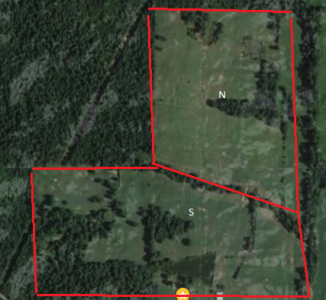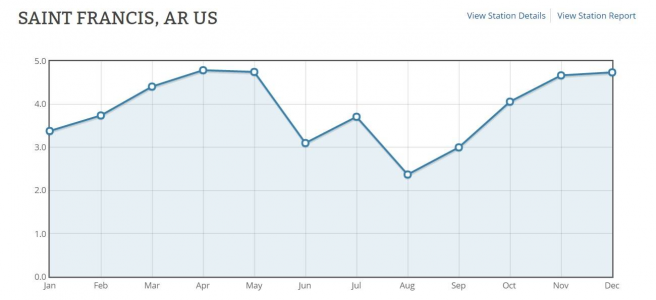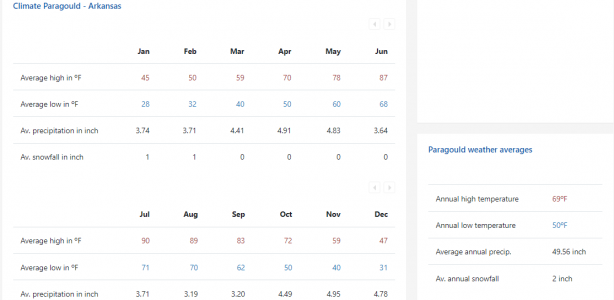HDRider
Well-known member
I want some feedback on my grass management
I have two parts and I treat them differently. The north side I hit with 200# per acre of triple 19 fertilizer at least once a year. The north side I don't put any fertilizer on it. The cows eat hay on the north side through the winter.
The ph is 6 to 6.5 up from 5. I put about 3 tons of lime per acre first off.
This is my fifth year grazing 30 mama, a bull and maybe 15 calves at any given time.
The place had been grazed hard for decades, and hayed hard for 5 or six years before I got here. It is roughly 60% fescue, 20% native Bermuda , and 15% clover and 5% forbs. Plenty of trees
I rotate 6 sections about every 4 or 6 days. I was rotating every day or two. Water stations were making a mess with the more frequent moves, and I cannot tell any improvement in grass health moving more often. Each side does get about 30 to 45 days rest during grazing. The north side sits empty all winter.
I have always mowed at least once, twice early on. I may not mow this year. Someone put a bug in my ear that taller grass would lessen the effects of the dry months late summer.
So far this has been a grass bonanza this year. The fertilized side is crazy good grass. The hay eating side is pretty good. You can sure tell where I put fertilizer.
Anyone got questions?
Better yet, does anyone have suggestions?
I have two parts and I treat them differently. The north side I hit with 200# per acre of triple 19 fertilizer at least once a year. The north side I don't put any fertilizer on it. The cows eat hay on the north side through the winter.
The ph is 6 to 6.5 up from 5. I put about 3 tons of lime per acre first off.
This is my fifth year grazing 30 mama, a bull and maybe 15 calves at any given time.
The place had been grazed hard for decades, and hayed hard for 5 or six years before I got here. It is roughly 60% fescue, 20% native Bermuda , and 15% clover and 5% forbs. Plenty of trees
I rotate 6 sections about every 4 or 6 days. I was rotating every day or two. Water stations were making a mess with the more frequent moves, and I cannot tell any improvement in grass health moving more often. Each side does get about 30 to 45 days rest during grazing. The north side sits empty all winter.
I have always mowed at least once, twice early on. I may not mow this year. Someone put a bug in my ear that taller grass would lessen the effects of the dry months late summer.
So far this has been a grass bonanza this year. The fertilized side is crazy good grass. The hay eating side is pretty good. You can sure tell where I put fertilizer.
Anyone got questions?
Better yet, does anyone have suggestions?




